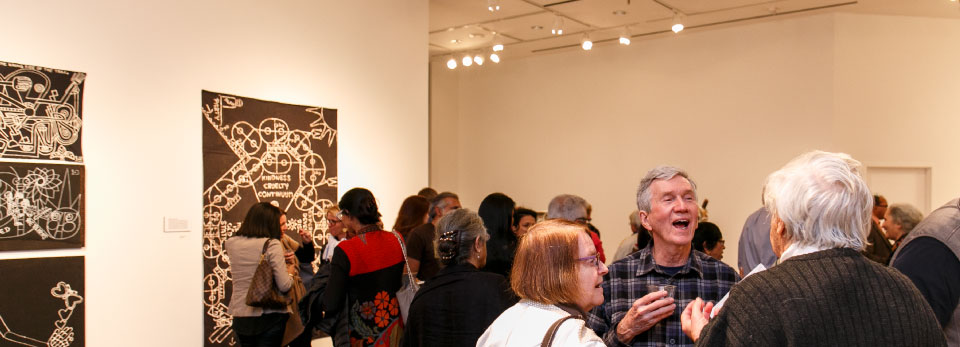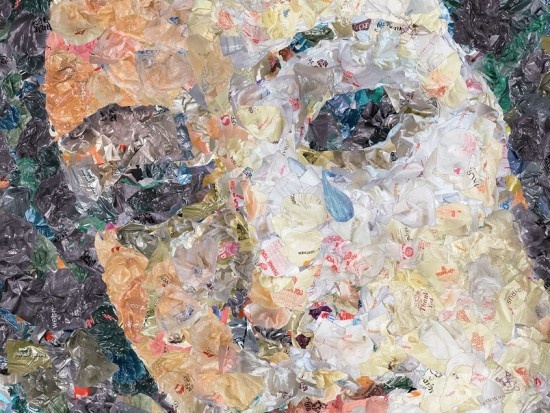


Presented by Dr. Rebekah Compton, Assistant Professor of Renaissance and Baroque Art History
Among the four elements, Venus governs water. The Roman poet Lucretius wrote that the “wide stretches of ocean laugh” and the “sea becomes full laden with ships” when the planet Venus ascends in the spring. The goddess’s birth from the salty womb of the sea gave her legitimate maritime credentials in mythology. The ancient Greek painter Apelles illustrated her liquid nativity in his Aphrodite Anadyomene, a work so beautiful that Alexander the Great was said to have awarded the artist his own mistress—the model for the goddess. Over a thousand years later, Sandro Botticelli took up the theme again in his enigmatic Birth of Venus, a composition that Chris Jordan has re-created for the Halsey’s SEA CHANGE exhibition as a photo mosaic, featuring photographs of 240,000 plastic bags, a number equal to the global consumption of plastic bags every ten seconds!
This talk examines the mythical and cultural significance of Venus Anadyomene or the Birth of Venus. It discusses Botticelli’s design and Jordan’s mosaic as allegories for fertility and for the creation of beauty in the world, including the marine materials traditionally dedicated to Venus: conch and scallop shells, pearls, coral, ambergris, and myrtle. The talk examines water and the ocean in the context of human fertility, and how our current misuse or overuse of plastic threatens the fecundity of not only our oceans but of our own reproductive bodies, a state of affairs for which Venus sheds a tear.
